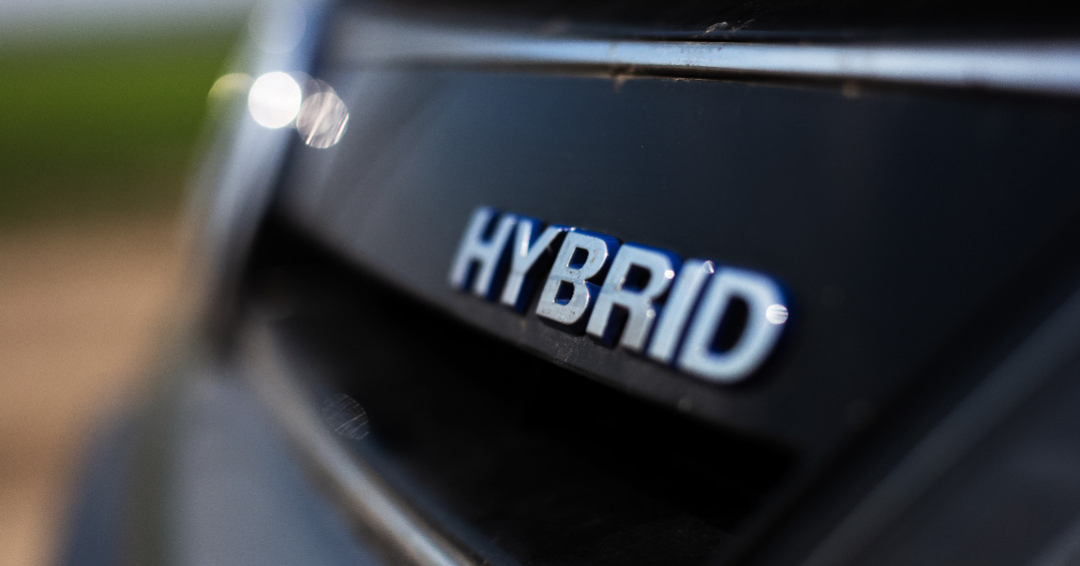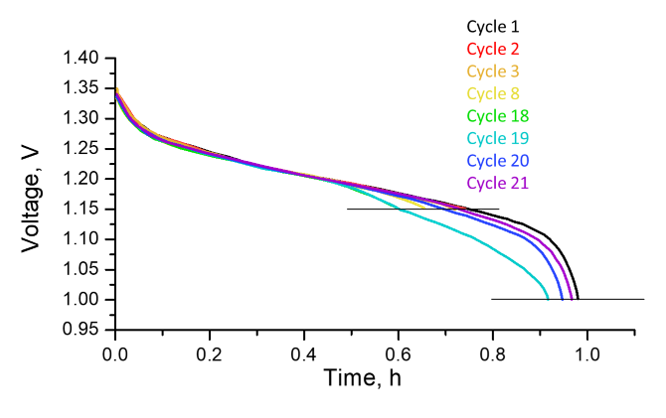Imagine driving your brand-new hybrid vehicle. Every time you accelerate from a standstill, the hybrid battery kicks on, discharging at 50 amps and providing you with instant power. Shortly, your engine takes over as you increase in speed. As you approach a stop sign and apply the brakes, the kinetic energy is transferred back to your battery, also known as regenerative braking. This charging only occurs for a few seconds but reaches up to 80 amps. Your hybrid vehicle battery is constantly being charged and discharged a small amount throughout your trip (especially if you are traveling within a city).

In theory, only a small portion of the active battery material is being utilized, with the rest of the battery capacity remaining unused. Over time, the battery will build resistance in the unused portion, losing power and capacity. This is referred to as the “memory effect” because the battery remembers the lower capacity of the shallow charge/discharge cycles. The memory effect was first observed in NiCad (Nickel-cadmium) batteries and is also a characteristic of the NiMH (Nickel-metal hydride) batteries found in many hybrid vehicles. This reversible failure mode can prematurely cause your hybrid vehicle to need a hybrid battery replacement. Luckily, there is a cure for the memory effect.
"Reconditioning is always preferable to replacing a battery because it saves money and benefits the environment."
Research shows that submitting your battery to deep charge/discharge cycles can restore the lost capacity in a process known as “reconditioning.” The process breaks down any crystallites and grain boundaries that have formed in the active material. Figure 1 (adapted from The Handbook of Batteries) depicts the NiMH memory effect and reconditioning on a single cell. Cycle 1 shows the full discharge capacity of the cell, taking almost 1 hr to reach 1.0 V. Cycles 2-18 are shallow cycles, only discharging down to 1.15 V. You can see the discharge curves shift to the left during these cycles, indicating a loss of capacity. Starting with Cycle 19, the cell is submitted to “deep” cycles, down to 1.0 V. There is a dramatic shift in the subsequent cycles. The cell displays recovery of the lost capacity (longer time to reach 1.0 V). Cycle 21 nearly reaches the benchmark performance from Cycle 1. These “deep” cycles are the main component of the reconditioning process.

The NuVant EVc battery reconditioner allows users to cycle each NiMH module separately, recover any lost capacity, and fully diagnose modules (according to various health parameters). Our results show that you can gain back about 2 Ah, depending on other conditions the battery has been exposed to (excess heat, physical damage, etc.).
There is no replacement of a battery module or hardware component throughout the reconditioning procedure. It simply gives the batteries a fresh lease on life. You can anticipate getting back between 95% and 98 percent of your battery’s life during regeneration. Reconditioning is always preferable to replacing a battery because it saves money and benefits the environment.
A3 Global sells remanufacturing equipment for shop owners and fleet managers, and we also recondition batteries for purchase. Learn more about the NuVant EVc battery conditioner and A3 Global reconditioned batteries by visiting our product page here.



